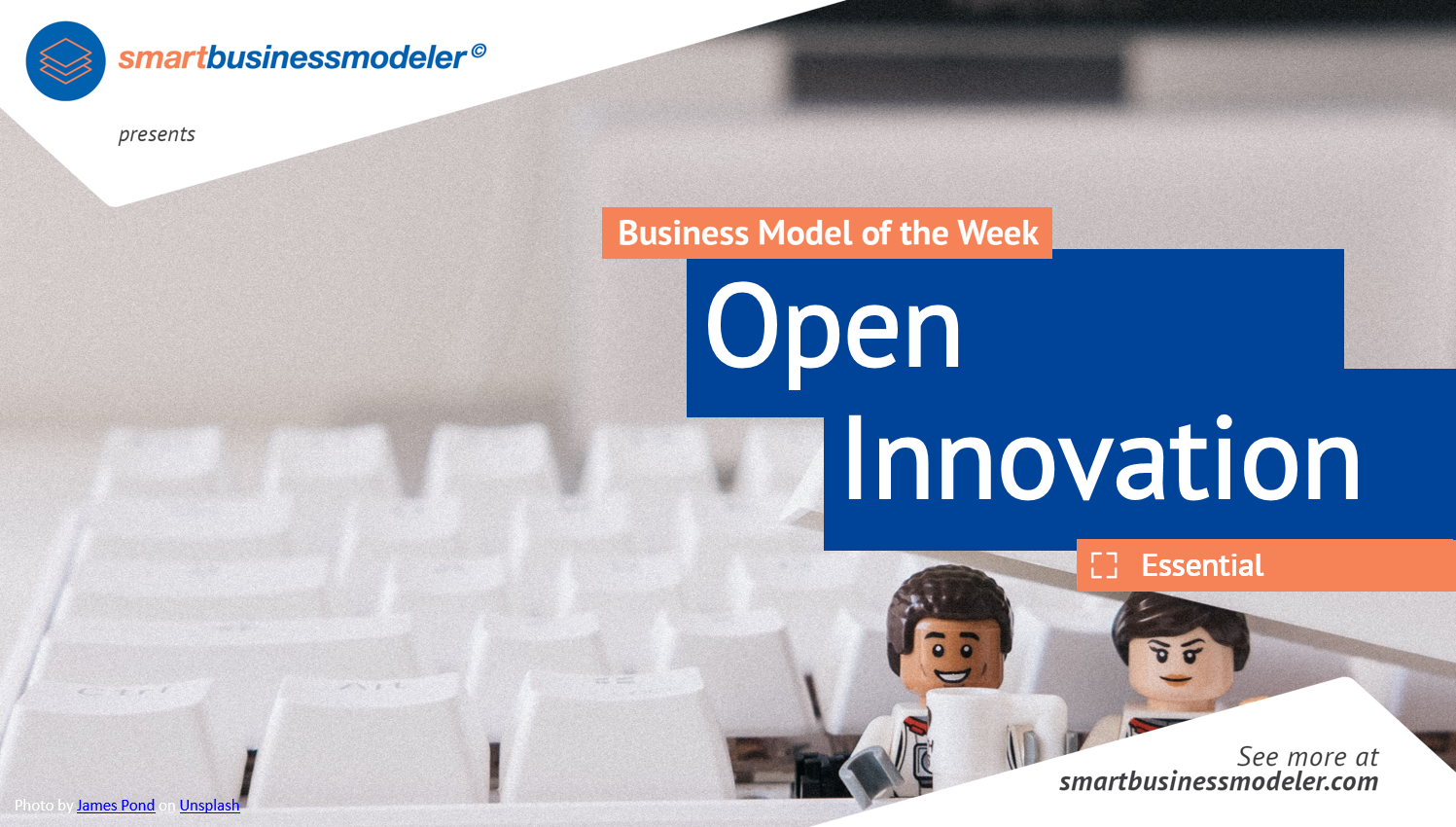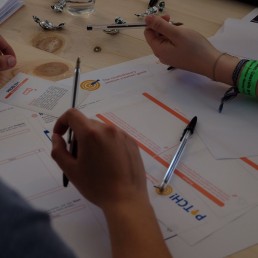In light of increasing complexity, decreasing product life cycles, and fast market change, what is one of the most cost-effective ways to innovate? Open innovation! Open innovation is a process business model pattern that enables cost reduction and accelerates time to market while creating novel revenue streams and increasing market differentiation.

The logic of open innovation breaks the traditional vertical R&D integration logic of “closed innovation” in two ways: “outside-in” and “inside-out”. According to Henry Chesbrough, who coined the term open innovation, it all comes down to taking a broader look at your business model and identifying unrealized value creation opportunities.
“Outside-in”
“Outside-in” means asking which external ideas and technologies fit your business model and could effectively be integrated – i.e. reduce cost structure, faster time to market.
How? Take the Danish toy company Lego that developed a “Create and Share” site and a “Lego Ideas” site to engage their users and bring external designs and ideas into their innovation process. These are open innovation spaces, where users are free to design, develop, and submit their ideas. Once a design or idea reaches 10k supporters, Lego evaluates the potential of taking it to market. By having users interact with one another and learning what they would like to buy, Lego built a committed and ready to purchase base of customers, thus saving a lot of resources in market research, reducing the inherent risk in R&D, and increasing profitability.
“Inside-out”
A less common aspect of open innovation, but perhaps even more powerful, is “inside-out”, where a firm has underutilized internal ideas and technologies, and incorporates those into other firms’ innovation processes.
How? A common practice is to organize company hackathons or to allow small-motivated teams to focus on alternative business models or go-to-market strategies for projects and technologies that do not fit the company’s core business model. Xerox PARC is a well-known case of utilizing “inside-out” innovation processes. The company developed numerous computer hardware and software technologies, such as the Ethernet and the Graphical User Interface (GUI), which at that time did not create significant value for users of Xerox. After thousands of dollars and hours of work invested, how did Xerox turn this around? They founded separate companies solely focused on these technologies such as 3com or Adobe. 3com not only licensed the Ethernet technology from Xerox but also developed multiple business applications for Ethernet, thus increasing market demand for the technology and generating substantial profits for Xerox.
So this is the Brain Snack of the week. If you enjoyed this content, please comment, follow us, and share this post! Also, you can explore more ways for business model innovation on www.smartbusinessmodeler.com.
Excited to translate your business idea into a scalable business model?
Simply sign up now to access our bite-sized units, templates, and tools that guide you through the art of creating and testing winning business models.
All this, and a lot more – for free!







